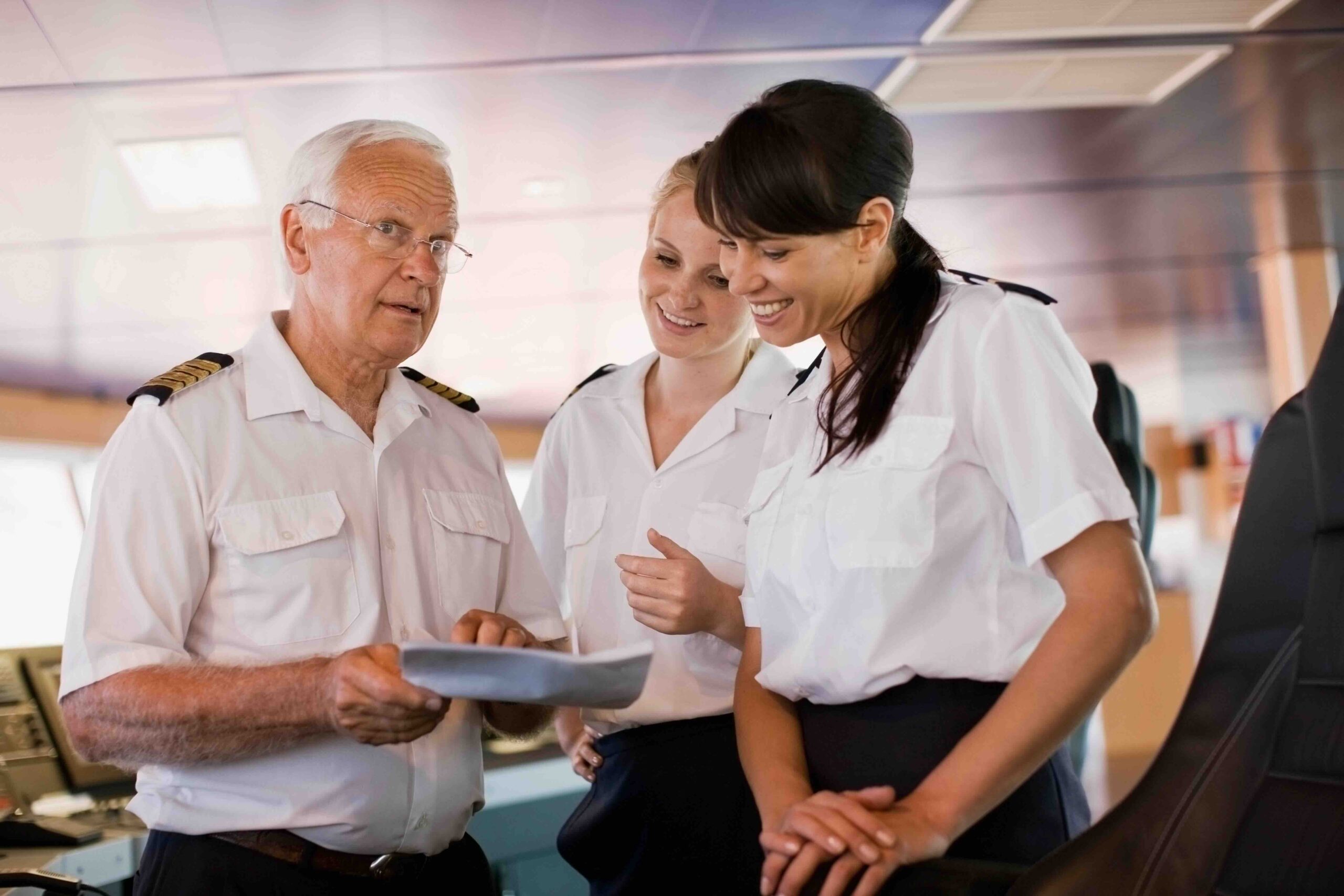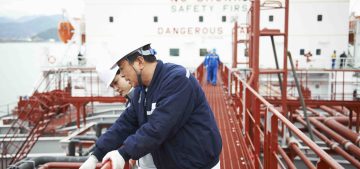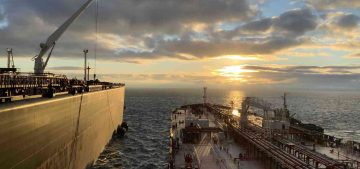The maritime industry is fraught with safety and security challenges that require constant vigilance and proactive measures. From onboard accidents to piracy threats, addressing these issues is crucial for the safety of seafarers and the protection of valuable cargo. This blog delves into the common hazards, international regulations, and best practices for enhancing maritime safety and security.
Common Safety Hazards in the Maritime Industry
Maritime operations are inherently risky, with numerous safety hazards that seafarers must navigate. Onboard accidents, such as slips, trips, and falls, are common and can lead to serious injuries. The risk of fire and explosions is ever-present, necessitating stringent safety protocols and regular drills to ensure preparedness.
Security Threats in Maritime Operations
Maritime security threats have evolved, with piracy and armed robbery remaining significant concerns. Additionally, the rise of digitalization has introduced cybersecurity threats, posing risks to navigation systems and sensitive data. Addressing these threats requires comprehensive security measures and continuous monitoring.
International Regulations and Standards
To mitigate safety and security risks, the maritime industry adheres to international regulations and standards. The Safety of Life at Sea (SOLAS) convention sets the minimum safety standards for ships, while the International Ship and Port Facility Security (ISPS) Code outlines measures to enhance security. Compliance with these regulations is mandatory and critical for ensuring safe maritime operations.
Best Practices for Enhancing Maritime Safety
Enhancing maritime safety involves implementing best practices that go beyond regulatory compliance. Regular safety drills and training sessions help prepare the crew for emergencies. The adoption of safety management systems ensures a systematic approach to identifying and mitigating risks. Continuous evaluation and improvement of safety protocols are essential for maintaining high safety standards.
Strengthening Maritime Security Measures
To combat security threats, maritime operators must implement robust security measures. Anti-piracy protocols, such as maintaining vigilance in high-risk areas and employing armed guards, are effective deterrents. Cybersecurity strategies, including firewalls and encryption, protect against digital threats. A comprehensive approach to security is vital for safeguarding ships and their crew.
Role of Manning Services in Ensuring Safety and Security
Manning services play a pivotal role in ensuring the safety and security of seafarers. They provide essential training programs that equip crew members with the knowledge and skills to handle emergencies. Compliance with international regulations is facilitated by manning services, ensuring that seafarers operate in a safe and secure environment.
Technological Innovations in Maritime Safety and Security
The maritime industry is embracing technological innovations to enhance safety and security. Drones and surveillance systems offer real-time monitoring of ships and ports, improving situational awareness. Advanced navigation and communication tools provide accurate and timely information, aiding in safe and efficient operations. Technology is a key enabler of safer and more secure maritime operations.
Conclusion
Navigating the challenges of maritime safety and security is essential for the well-being of seafarers and the protection of global trade. By adhering to international regulations, implementing best practices, and leveraging technological innovations, the maritime industry can enhance safety and security. Continuous improvement and vigilance are crucial for ensuring the resilience of maritime operations.







